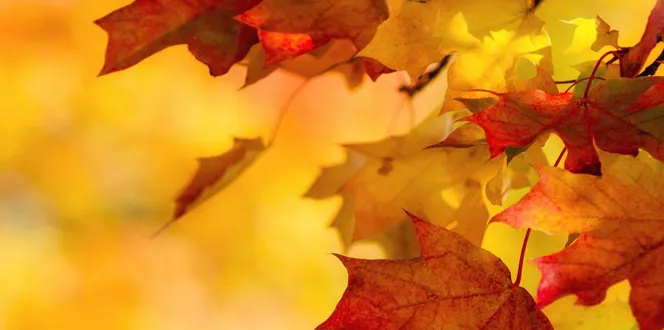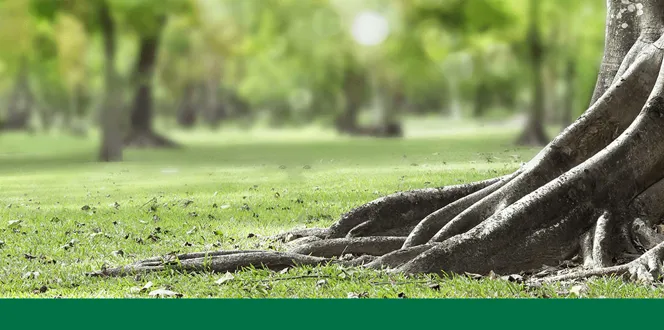Having containers spilling over with bountiful blooms is a great way to dress up your patio or deck or bring some greenery and color to your indoors.
But buying quality potting soil can add up, so you’ll be happy to learn that you don’t necessarily need to change your container soil every year. But this doesn’t mean you can completely neglect it either.
Let’s talk about some factors to consider when looking at the quality of your potting soil and how you can tell whether a refresh or amendment is necessary.
How Often Should I Change Soil in Potted Plants?
When was the last time you changed the soil in your container plants?
If it’s been awhile, and your plants aren’t performing well, maybe it’s time you looked into it.
Typically, changing the soil in your potted plants should happen every 12 to 18 months. There are some exceptions that may change this timing. These include if you’re moving a plant into a bigger pot because it’s outgrown its current pot or if the soil has become very hard.
If your plant hasn't been growing well, has discolored leaves, or wilts one or two days after watering, it may also be a good idea to add fresh soil.
Best Soil for Potted Plants
Plants thrive best in a nutrient-rich environment where they get the water, sun, and air they need. The goals of potting mix are to retain moisture and nutrients around the plant roots and provide enough air for growing roots.
Soil can become depleted and hard over time, holding less water and nutrients.
But how often you change soil in potted plants depends on the plant. Faster growing houseplants may need annual repotting, while slower growers may be able to wait 1.5 to 2 years.
As far as timing goes, spring is a great time because sunshine is plentiful and this will encourage root growth.
The soil you use matters, too.
- Best potting soil for indoor plants - Indoor potting mixes are typically composed of peat, shredded pine bark, and minerals to help aerate the soil like perlite or vermiculite.
- Best soil for succulents in pots - Succulents need soil that drains well. This usually means the soil is composed of at least 50% sand or similar material.
- Best potting soil for outdoor potted plants - Soils best for these plants often contain aged wood fibers, giving plants the same benefits they’d get from growing under forest trees. Some also contain additional fertilizers and moisture control pellets.
To refresh your container soil, you can also add a soil amendment called biochar. This reduces soil density and soil hardening, increasing soil aeration.
Do I Need to Change the Pot?
If you are maintaining the size of your plant, using the same pot is fine when you change the soil.
But if you’re looking to give your plant more room to grow, choose a pot 30-40% larger.
Mistakes to Avoid When Changing Soil in Houseplants
As you are changing soil in your potted plants, you want to ensure you avoid some common mistakes. These are a few mishaps we see happen regularly:
- Not changing the soil at all. Over time, potting soil squeezes together, closing up spaces that would normally fill with air or water, limiting the nutrition your plant receives. This is when the soil gets hard. Ignore this for too long and your plant may begin to suffer.
- Changing the soil too often. Plants get comfortable in their pot -- or home. You don’t want to change the soil too frequently.
- Changing the soil at the wrong time. Taking advantage of good weather conditions, particularly for outdoor potted plants, can help your plant thrive through the transition.
- Changing the soil instead of repotting. You don’t want to eliminate a plant’s soil when a plant is still green and appears healthy with new growth vs. stunted growth or wilting leaves.





